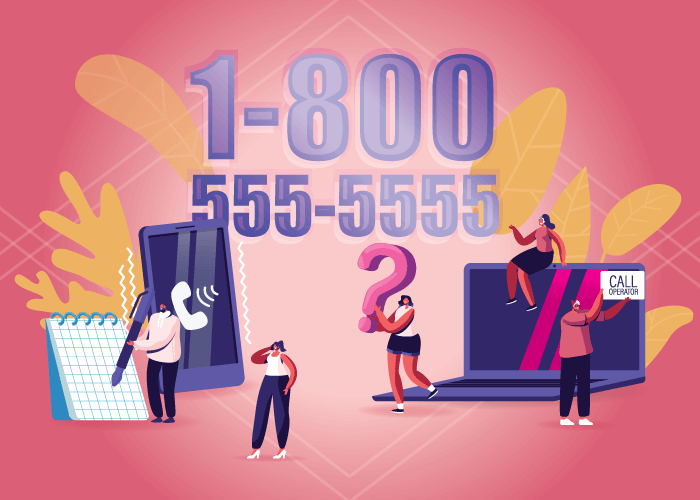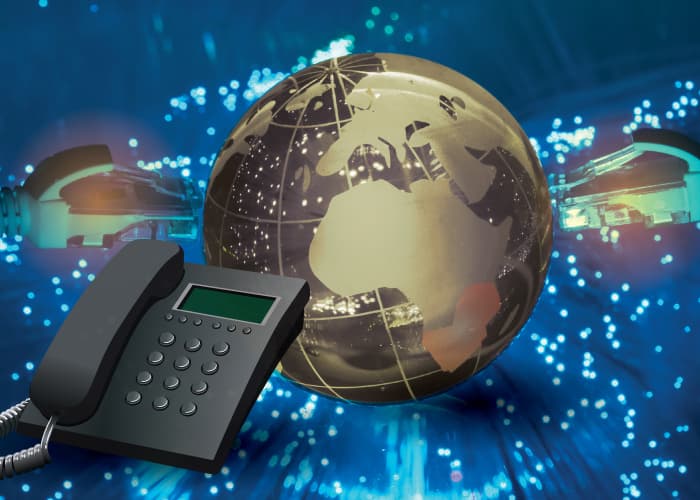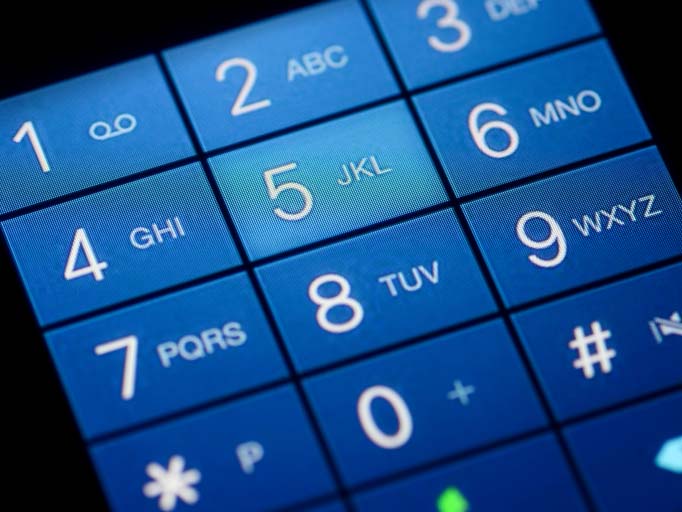Google Voice is a service that provides users with a phone number, which is known as a Google number. The number is designed to unify several communication channels enabling you to receive calls, text messages and voicemails. Google Voice is available for free for all Gmail users. When you sign up, you are given one virtual number which allows you to manage all of your phones and mobile devices. The service utilizes VoIP technology to route its calls and to allow free local calls and international calls at a cheap rate. The service also offers a number of other features such as giving you the option to have your call routed to up to six different devices, for example, your mobile phone, home phone or office phone. You can also specify which phones you want to ring at which time of day.
How Google Voice Works
Google Voice links with the PTSN (public switched telephone network) in combination with the mobile network to reroute the calls. When a call is made through Google Voice, it is initiated through the traditional landline phone system, but it is transferred to Google’s internet space, then directed to its final destination number. This method of unifying numerous channels of communication has the added benefit of reducing costs. It also means that you can change your mobile carrier service without having to change your current phone number. All you need to do is change the number to which your calls are routed.
Though you still have to pay your monthly subscription to your wireless or phone carrier, Google Voice has several benefits such as:
- You have a wide range of available phone numbers to choose from. You can select specific area codes from anywhere in the United States and even look for a specific US number or letter combination.
- Because you have a dedicated number to receive calls from all your other numbers, you’ll never miss a call. You can still make outgoing calls from all of these devices independently.
- You can make free local calls to anywhere in the U.S. and Canada.
- You can make calls at low VoIP rates to international numbers.
- You can read and send free texts messages with your Google number, as well as access your virtual voicemail, check out your call history and make and receive video calls, all from an easy to use interface. You can do all of this on your laptop, tablet or smartphone.
- If you prefer not to listen to your voicemail, then Google Voice will send you written transcripts of your recorded messages. You will still have the option to listen to the messages as well.
- How to Port a Phone Number from Google Voice
When you sign up for Google Voice, your number is initially locked so that it cannot be ported without your approval. However, you can, if you wish, port out your Google Voice number to another provider once you have unlocked it. Google will charge you a fee of $3 to port your number, unless you have already ported your mobile number to Google Voice.
How to Unlock Your Google Voice Number
- Sign in to your Google Voice account.
- Beneath your Google Voice number, you will see a link that says “Unlock my Number.” If you have more than one Google Voice number, click on the link beneath the number you would like to unlock.
- Click “Continue.”
- Log into Google Wallet to complete your transaction.
- Your Google Voice number can now be ported out. This means you are ready to use the ported number with a new service provider. Should you at any stage change your mind about porting out your Google Voice number, you can choose to re-lock it. Simply follow these steps:
- Sign in to your Google Voice Account.
- Beneath your Google Voice number, you will see an option that says “Relock my number.” Click on the clink.
- Click “Continue” to confirm.
Once your Google Voice number has been unlocked, you will see a screen message confirming this and telling you that you can now port your number. It is advisable to take a screenshot of this message so that you can use it to show your new porting agent that the number has been unlocked.
You may, if you wish, lock the number again at a later date. You will have to pay Google the $3 unlocking fee again. However, if you follow the port-out procedure with an external carrier, for example, SIPStation, you will not be able to re-lock the number.
Drawbacks to Google Voice
- It is currently only available throughout the United States.
- You are also not able to make emergency calls with your Google Voice number.
- Support is limited. If you are having difficulty using your Google Voice number, you can seek help from the online help pages and FAQs, but there is no one-on-one customer service where you can call, email or chat online with a representative.
- You will need to use Google Hangouts if you wish to message pictures or videos directly or send SMS to multiple recipients. Google voice alone does not have the technology to manage this because it does not utilize the more advanced Multimedia Messaging Service.
Porting Your Google Voice Number to a Different Provider
Once your Google Voice number has been successfully ported, you will then be ready to use your unlocked Google Voice number with a different telecommunications provider, such as Global Call Forwarding. This will allow you to take advantage of a number of advanced features such as call recording, time of day routing or advanced IVR. You may transfer one or all of your Google Voice numbers, or any other portable phone numbers.
It is quick and easy to complete the process. All you need to do is fill out the online form. You will receive a confirmation email from Global Call Forwarding shortly afterwards, and then you’re good to go. The complete VoIP number porting process might take 3-4 weeks.






